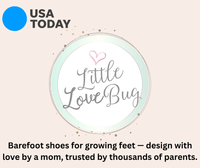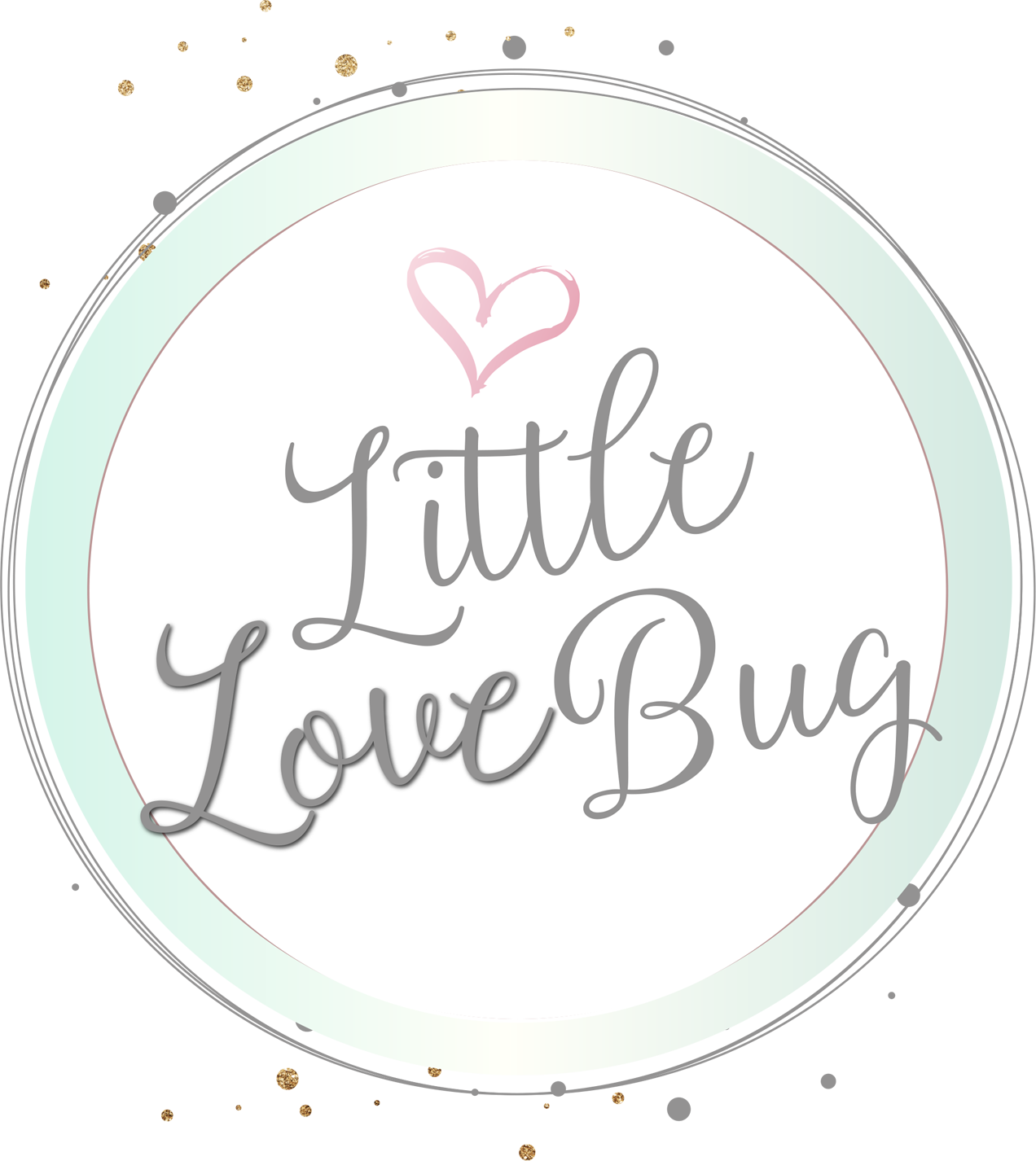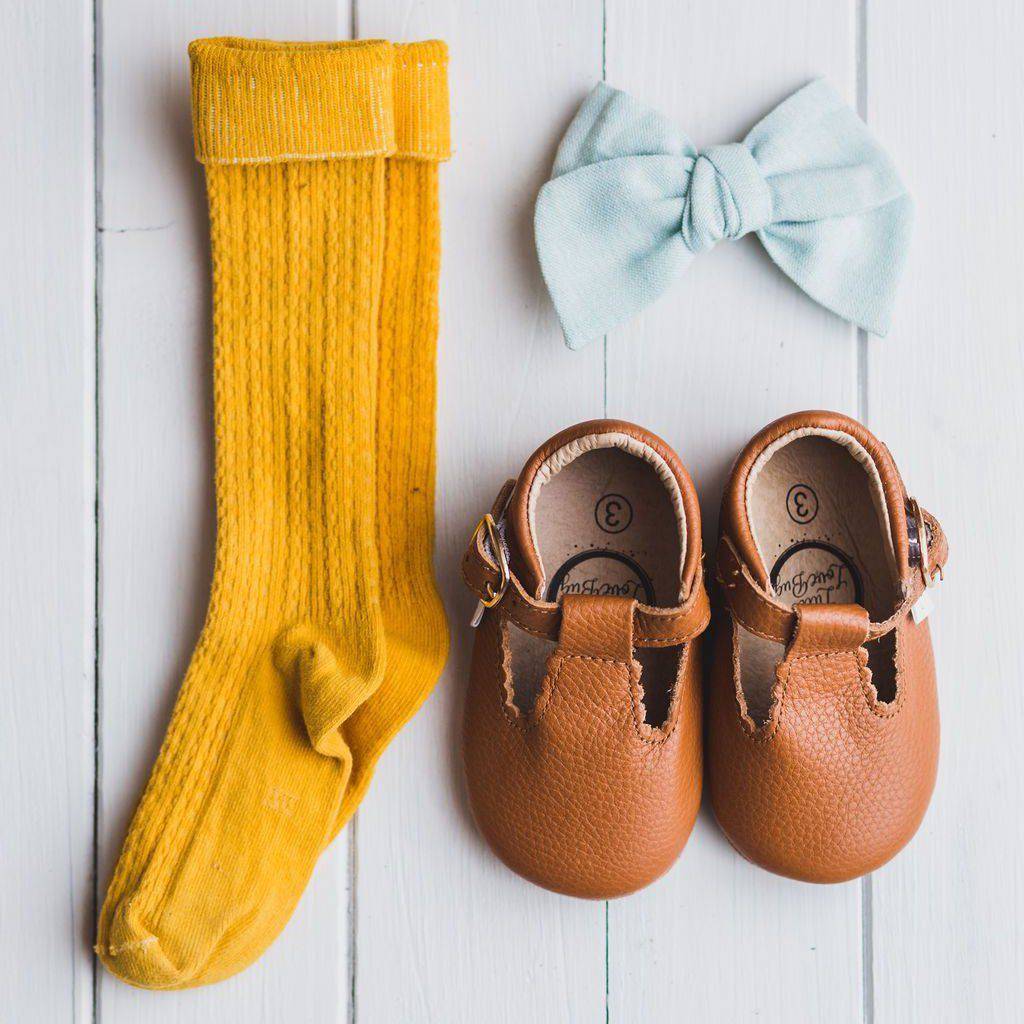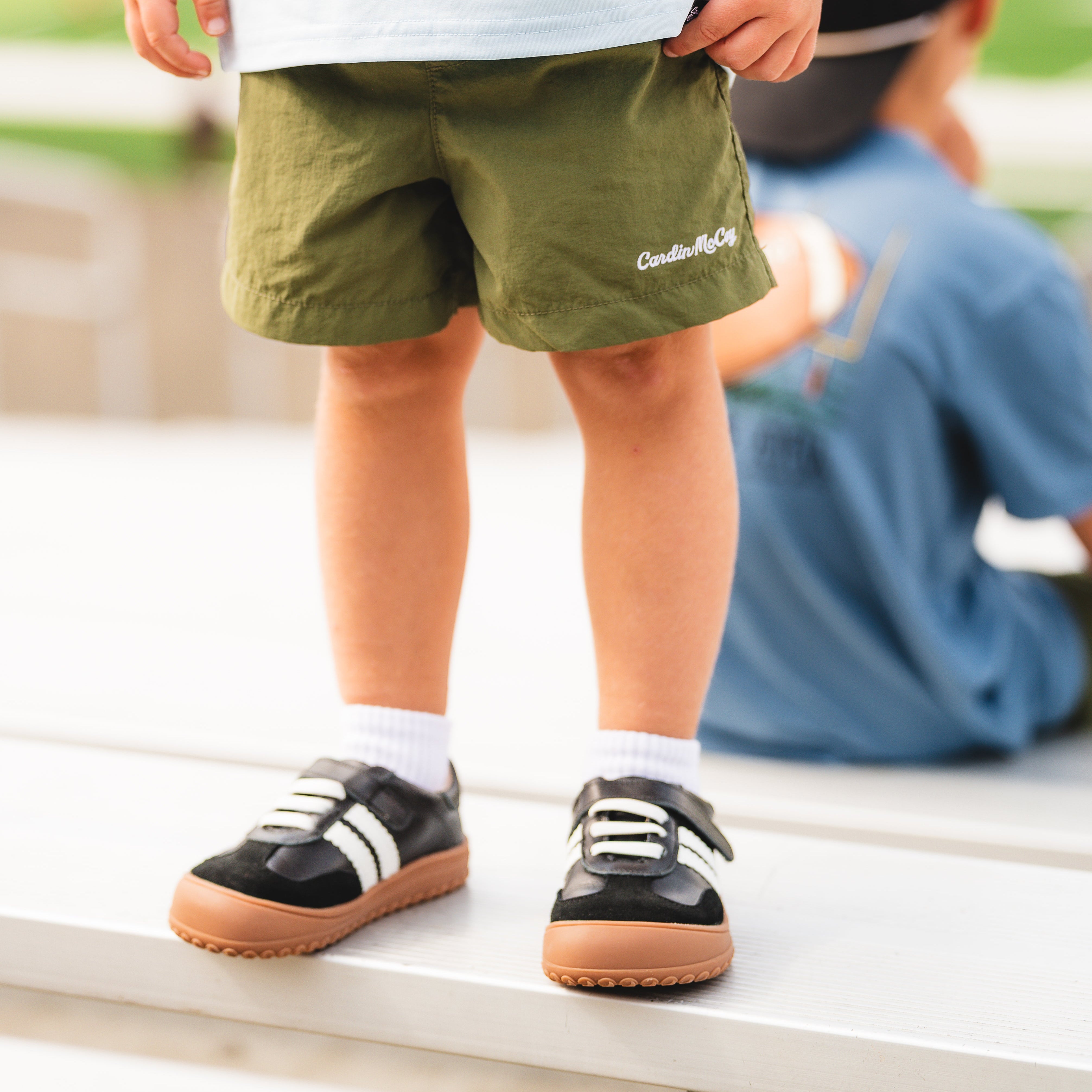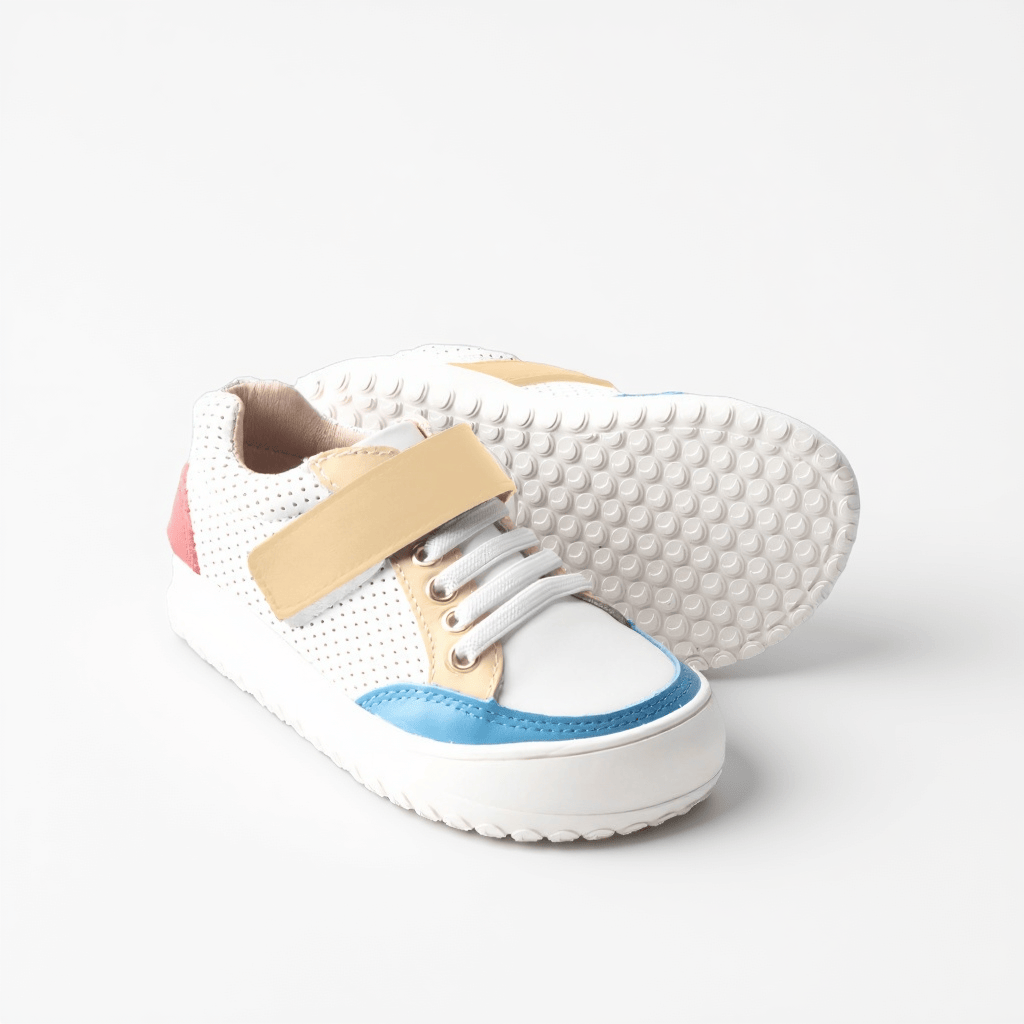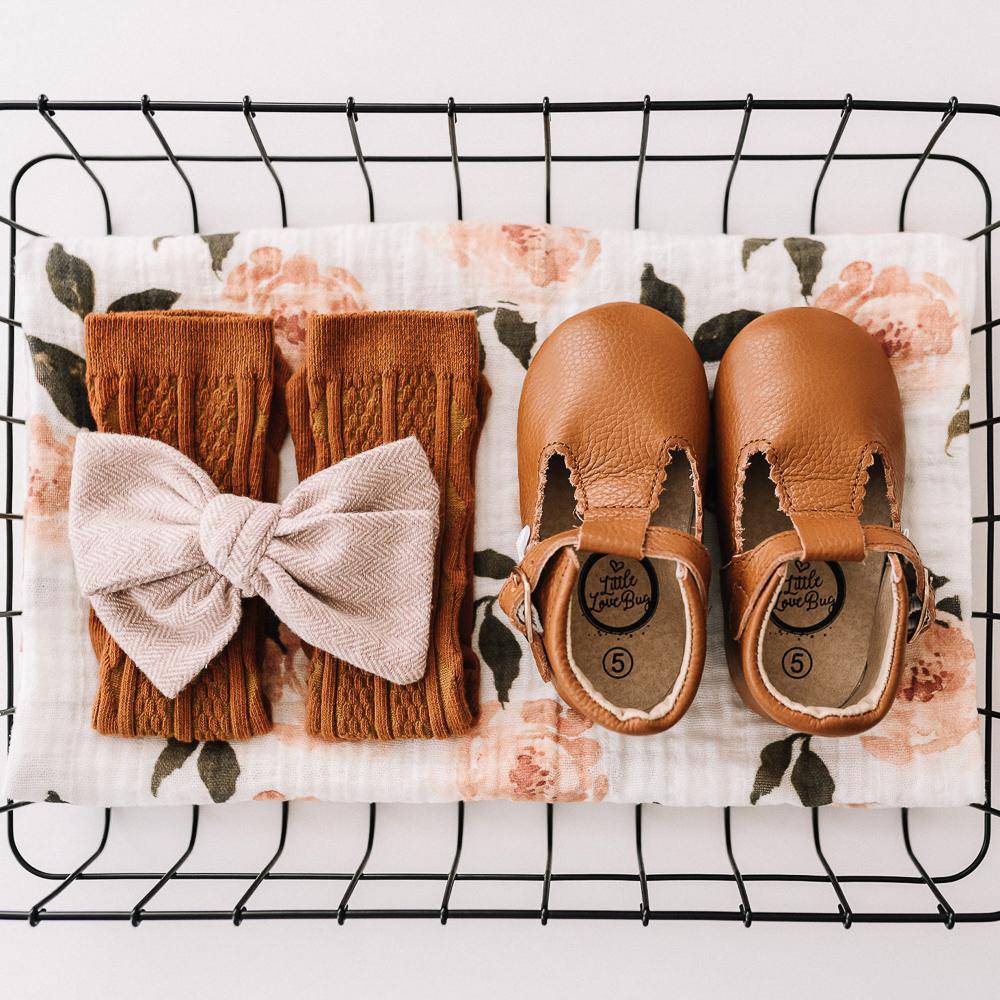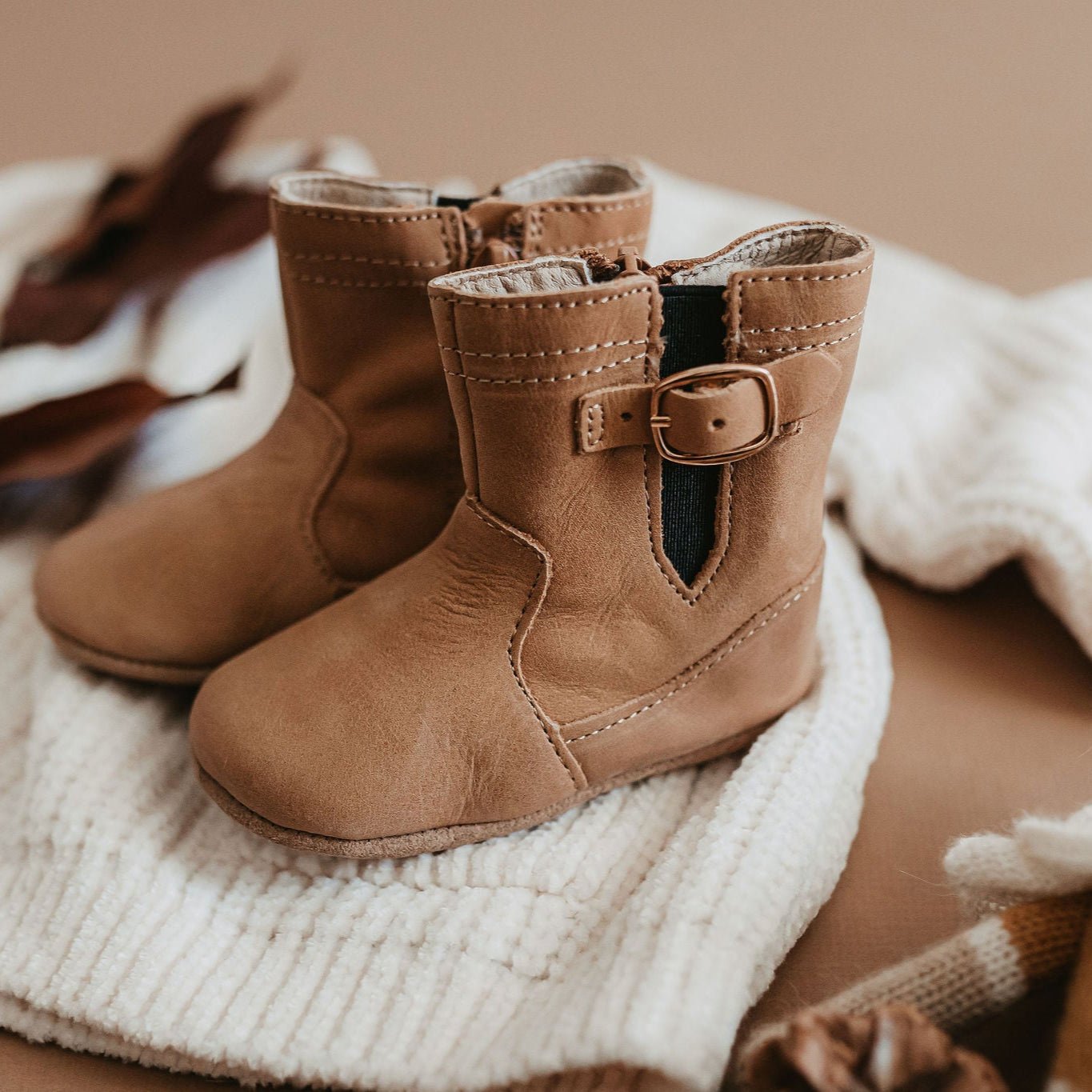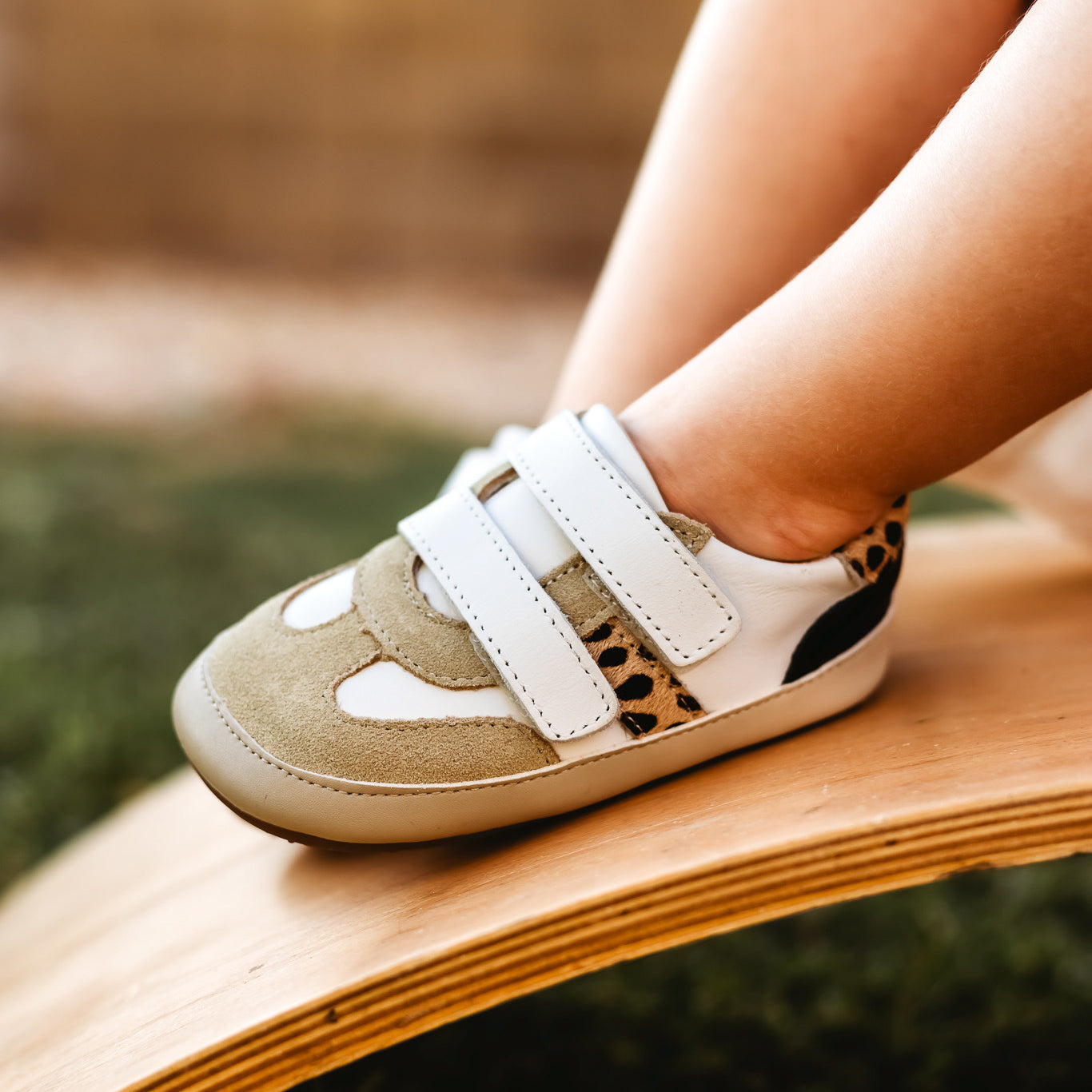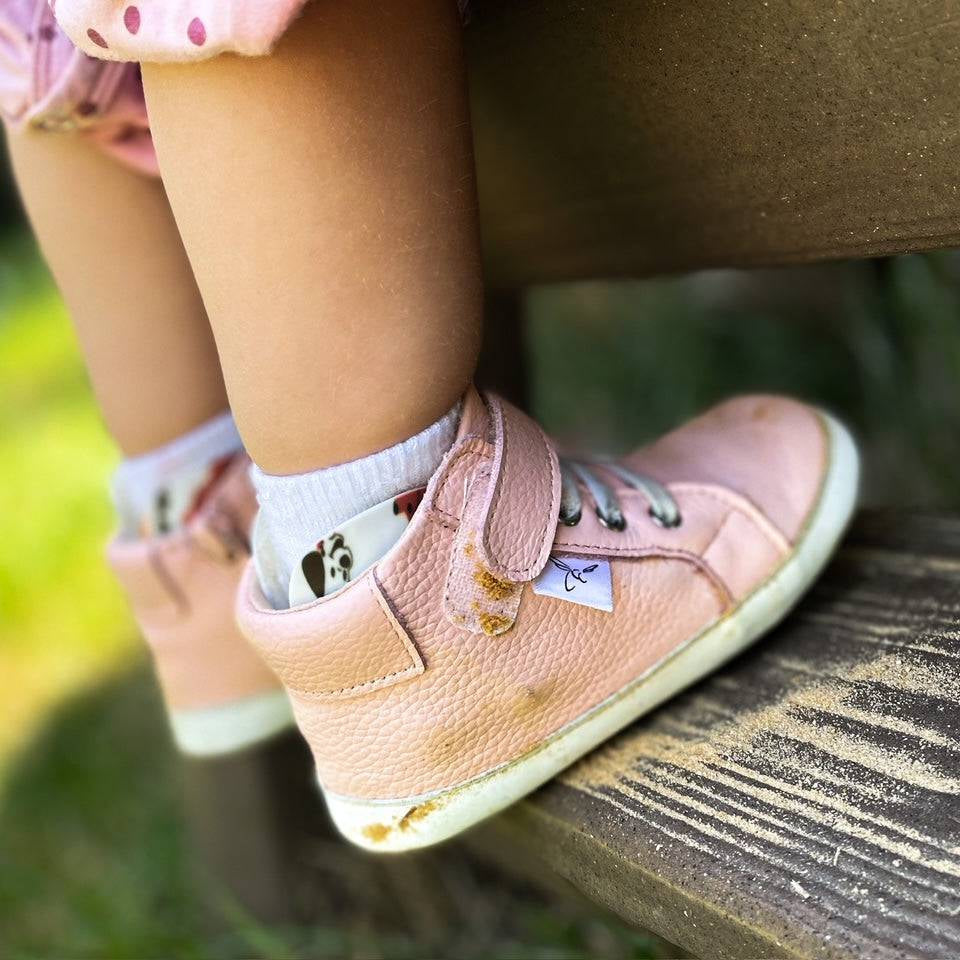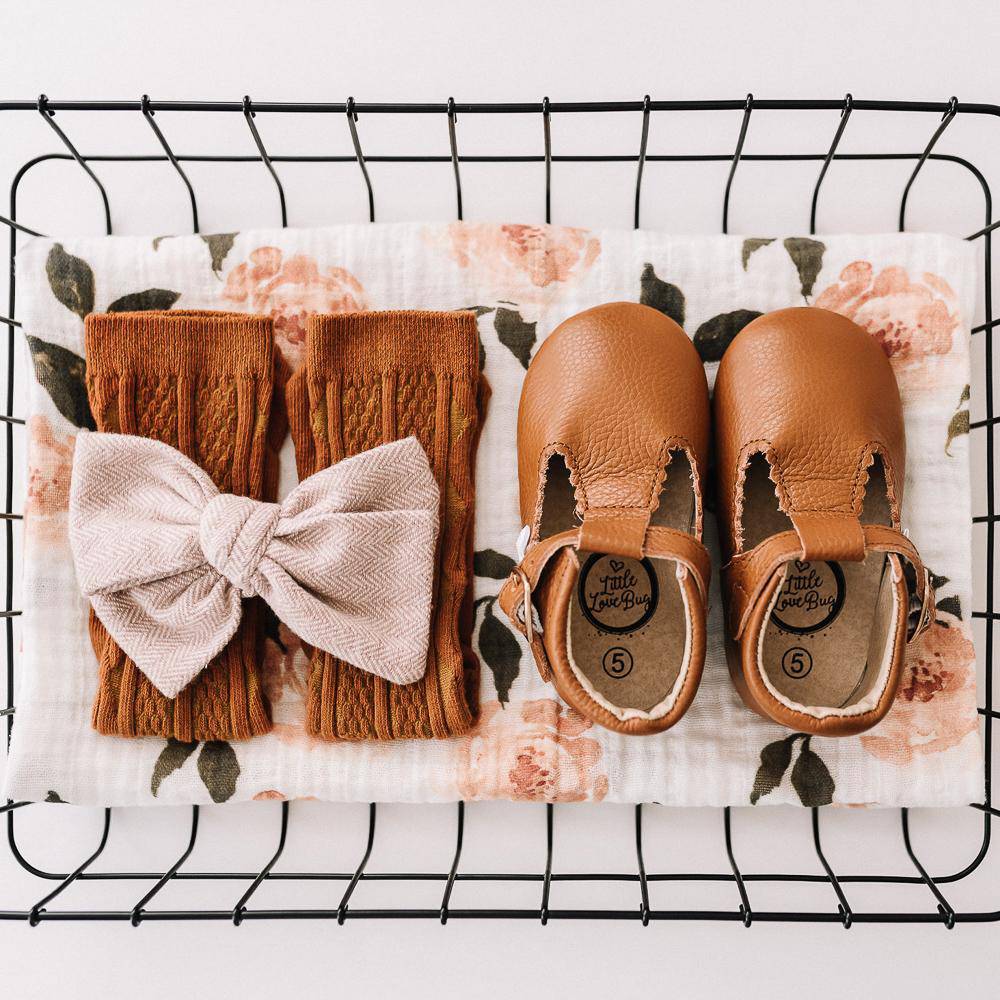Dealing with Ingrown Toenails in Babies: Causes, Symptoms, and Treatment
Dealing with Ingrown Toenails in Babies: Causes, Symptoms, and Treatment
Introduction:
Ingrown toenails can be a painful condition that affects people of all ages, including infants and babies. Although it is more commonly associated with adults, ingrown toenails in babies can occur due to various reasons. In this article, we will explore what ingrown toenails look like in babies, discuss the symptoms to expect, and provide insights into how to effectively manage and treat this condition.
What do ingrown toenails in babies look like?
When a baby has an ingrown toenail, you may notice the following characteristics:
1. Redness and swelling around the affected toenail: The surrounding skin may appear inflamed and tender.
2. Pain and discomfort: Babies may exhibit signs of discomfort, such as fussiness or reluctance to put weight on the affected foot.
3. Changes in nail appearance: The toenail might appear curved, growing into the surrounding skin instead of straight out.
What to expect when your baby has an ingrown toenail?
If your baby is suffering from an ingrown toenail, you can anticipate the following symptoms:
1. Irritability and fussiness: The discomfort caused by the ingrown toenail may lead to increased irritability in your baby.
2. Difficulty walking or crawling: Babies with ingrown toenails may find it uncomfortable to put pressure on the affected foot, leading to changes in their mobility.
3. Risk of infection: Ingrown toenails create an ideal environment for bacterial infection. If left untreated, you may observe signs of infection, including increased redness, pus formation, and a foul odor.
How to get rid of ingrown toenails in babies:
Managing and treating ingrown toenails in babies requires gentle care and attention. Here are some steps you can take:
1. Consult a healthcare professional: If you suspect your baby has an ingrown toenail, it is important to seek medical advice. A pediatrician or a podiatrist can examine the condition and provide appropriate guidance.
2. Warm water soak: Soaking your baby's foot in warm water for 10 to 15 minutes, a few times a day, can help reduce swelling and relieve discomfort. Make sure the water is comfortably warm and not too hot.
3. Gentle nail care: After soaking, use a clean, soft cloth to carefully push the skin away from the ingrown nail edge. Avoid cutting the nail yourself, as this may cause further injury or infection.
4. Proper footwear: Ensure your baby wears loose-fitting, comfortable shoes or socks that do not put pressure on the affected toe. This allows the toe to heal and prevents further irritation.
5. Antibiotic ointment and bandage: If an infection is present or suspected, your healthcare professional may recommend applying a topical antibiotic ointment and covering the area with a sterile bandage.
6. Follow professional advice: Your healthcare provider may suggest specific treatments based on the severity of the condition. They may suggest using a toenail brace, prescribing antibiotics, or, in rare cases, performing a minor surgical procedure to remove the ingrown portion of the nail.
Prevention tips:
To help prevent ingrown toenails in babies, consider the following precautions:
1. Trim toenails carefully: When trimming your baby's nails, ensure you cut them straight across without rounding the corners. This helps prevent the nails from growing into the skin.
2. Choose proper footwear: Make sure your baby's shoes or socks are not too tight, allowing room for the toes to move freely.
3. Maintain good foot hygiene: Regularly clean your baby's feet, ensuring they are dry after bathing. Proper hygiene reduces the risk of bacterial growth and infection.
Conclusion:
Ingrown toenails can be uncomfortable and painful, even for babies. It's essential for parents and caregivers to be vigilant and address this condition promptly to ensure their baby's comfort and prevent potential complications. By seeking medical advice, practicing gentle nail care, providing proper footwear, and following professional recommendations, you can effectively manage and treat ingrown toenails in babies. Remember, prevention is key, so practicing good foot hygiene and being cautious while trimming your baby's nails can help reduce the risk of ingrown toenails. By taking these steps, you can ensure your baby's little feet stay healthy and free from the discomfort of ingrown toenails.
Introduction:
Ingrown toenails can be a painful condition that affects people of all ages, including infants and babies. Although it is more commonly associated with adults, ingrown toenails in babies can occur due to various reasons. In this article, we will explore what ingrown toenails look like in babies, discuss the symptoms to expect, and provide insights into how to effectively manage and treat this condition.
What do ingrown toenails in babies look like?
When a baby has an ingrown toenail, you may notice the following characteristics:
1. Redness and swelling around the affected toenail: The surrounding skin may appear inflamed and tender.
2. Pain and discomfort: Babies may exhibit signs of discomfort, such as fussiness or reluctance to put weight on the affected foot.
3. Changes in nail appearance: The toenail might appear curved, growing into the surrounding skin instead of straight out.
What to expect when your baby has an ingrown toenail?
If your baby is suffering from an ingrown toenail, you can anticipate the following symptoms:
1. Irritability and fussiness: The discomfort caused by the ingrown toenail may lead to increased irritability in your baby.
2. Difficulty walking or crawling: Babies with ingrown toenails may find it uncomfortable to put pressure on the affected foot, leading to changes in their mobility.
3. Risk of infection: Ingrown toenails create an ideal environment for bacterial infection. If left untreated, you may observe signs of infection, including increased redness, pus formation, and a foul odor.
How to get rid of ingrown toenails in babies:
Managing and treating ingrown toenails in babies requires gentle care and attention. Here are some steps you can take:
1. Consult a healthcare professional: If you suspect your baby has an ingrown toenail, it is important to seek medical advice. A pediatrician or a podiatrist can examine the condition and provide appropriate guidance.
2. Warm water soak: Soaking your baby's foot in warm water for 10 to 15 minutes, a few times a day, can help reduce swelling and relieve discomfort. Make sure the water is comfortably warm and not too hot.
3. Gentle nail care: After soaking, use a clean, soft cloth to carefully push the skin away from the ingrown nail edge. Avoid cutting the nail yourself, as this may cause further injury or infection.
4. Proper footwear: Ensure your baby wears loose-fitting, comfortable shoes or socks that do not put pressure on the affected toe. This allows the toe to heal and prevents further irritation.
5. Antibiotic ointment and bandage: If an infection is present or suspected, your healthcare professional may recommend applying a topical antibiotic ointment and covering the area with a sterile bandage.
6. Follow professional advice: Your healthcare provider may suggest specific treatments based on the severity of the condition. They may suggest using a toenail brace, prescribing antibiotics, or, in rare cases, performing a minor surgical procedure to remove the ingrown portion of the nail.
Prevention tips:
To help prevent ingrown toenails in babies, consider the following precautions:
1. Trim toenails carefully: When trimming your baby's nails, ensure you cut them straight across without rounding the corners. This helps prevent the nails from growing into the skin.
2. Choose proper footwear: Make sure your baby's shoes or socks are not too tight, allowing room for the toes to move freely.
3. Maintain good foot hygiene: Regularly clean your baby's feet, ensuring they are dry after bathing. Proper hygiene reduces the risk of bacterial growth and infection.
Conclusion:
Ingrown toenails can be uncomfortable and painful, even for babies. It's essential for parents and caregivers to be vigilant and address this condition promptly to ensure their baby's comfort and prevent potential complications. By seeking medical advice, practicing gentle nail care, providing proper footwear, and following professional recommendations, you can effectively manage and treat ingrown toenails in babies. Remember, prevention is key, so practicing good foot hygiene and being cautious while trimming your baby's nails can help reduce the risk of ingrown toenails. By taking these steps, you can ensure your baby's little feet stay healthy and free from the discomfort of ingrown toenails.
